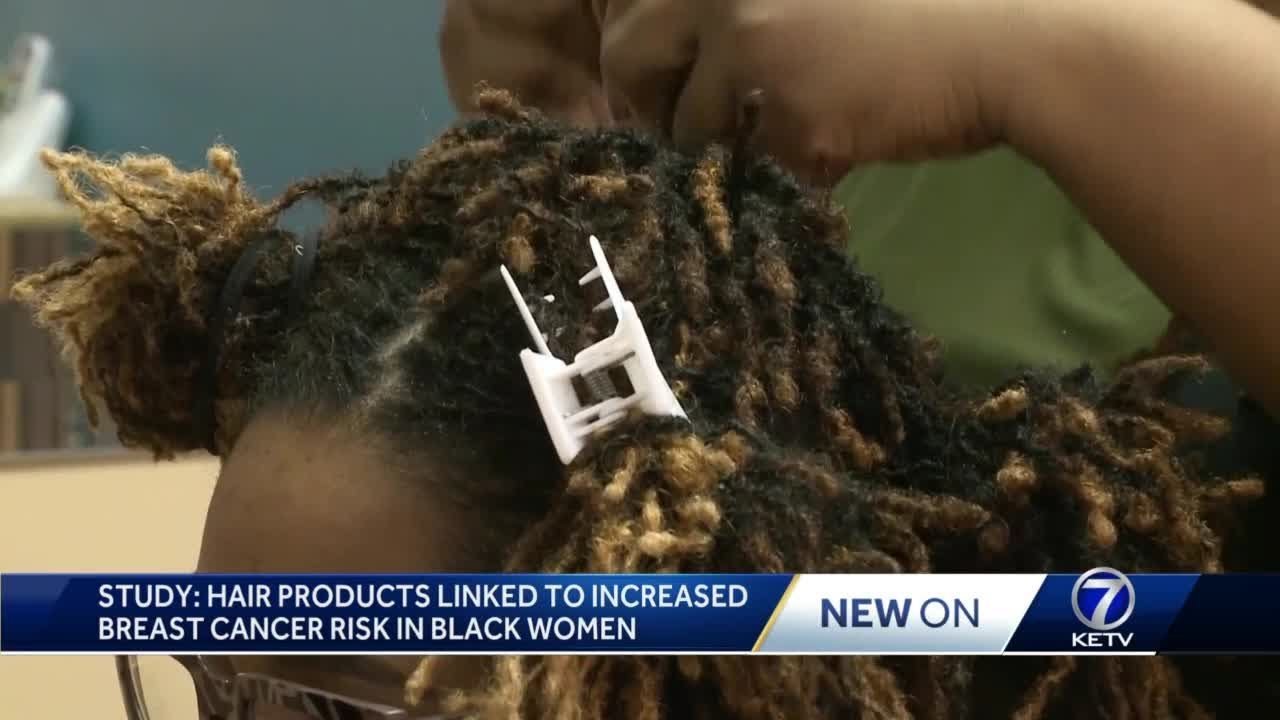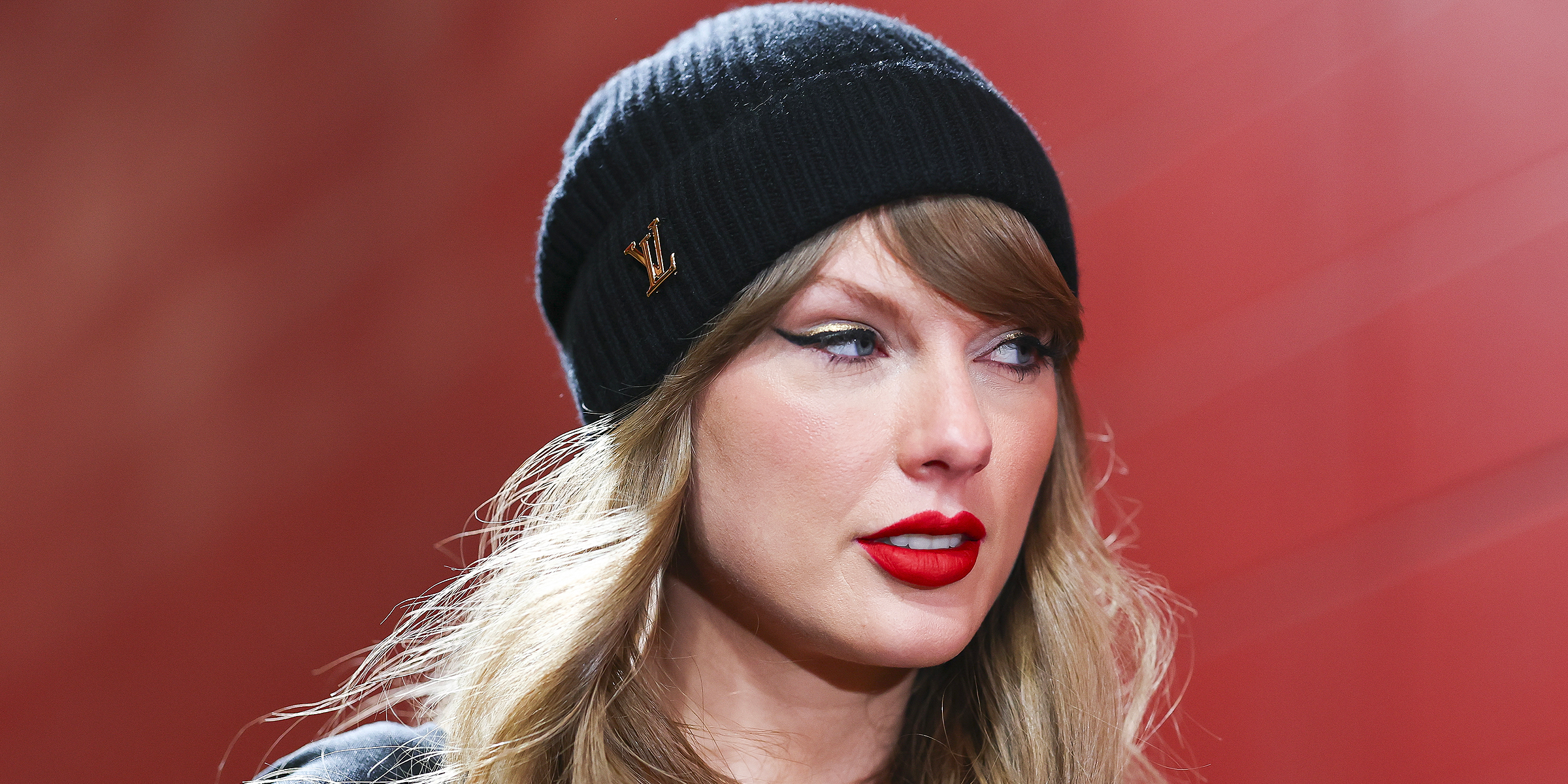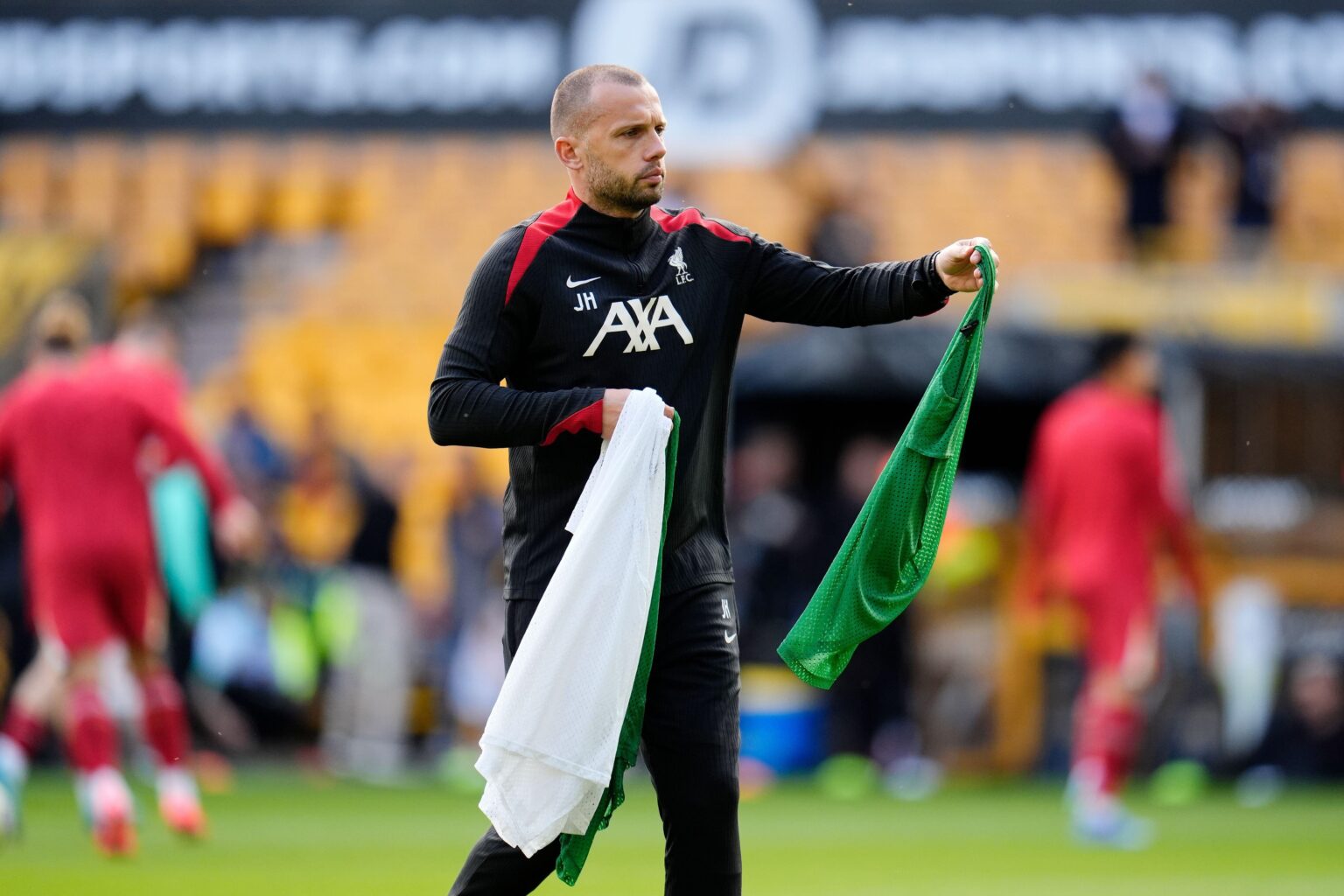Exploring The Health Effects Of Synthetic Braids On Black Women's Scalps

Table of Contents
Potential Negative Effects of Synthetic Braids on Scalp Health
While synthetic braids offer a protective style, they can also pose risks to scalp health if not managed properly. Understanding these risks is the first step in mitigating them.
Traction Alopecia
Traction alopecia is hair loss caused by prolonged pulling or tension on the hair follicles. Tight braiding, a common practice with synthetic braids, is a significant contributor to this condition. Studies show a high prevalence of traction alopecia among Black women who frequently wear tight braids.
-
Symptoms:
- Hair thinning, particularly around the hairline and temples.
- Receding hairline.
- Itching and inflammation of the scalp.
- Pain or tenderness in the scalp.
-
Long-Term Consequences: If left untreated, traction alopecia can lead to permanent hair loss and scarring. Early intervention is crucial to prevent irreversible damage. Seeking professional help from a dermatologist or trichologist is recommended.
Scalp Infections
The environment created under synthetic braids—warm, moist, and often dark—provides an ideal breeding ground for bacteria and fungi. Poor hygiene practices further increase the risk of scalp infections.
-
Common Scalp Infections:
- Folliculitis: Inflammation of the hair follicles, often manifesting as pus-filled bumps.
- Tinea capitis (Ringworm): A fungal infection that causes scaly patches and hair loss.
-
Preventive Measures:
- Regular cleansing of the scalp and hair with a gentle, anti-fungal shampoo.
- Ensuring adequate ventilation to prevent excessive moisture buildup.
- Avoiding the use of contaminated hair products or tools.
- Regularly inspecting the scalp for any signs of infection.
Breakage and Hair Damage
The weight of synthetic braids, combined with the tension from tight braiding, can lead to significant hair breakage, especially if left in for extended periods. Synthetic hair, while offering styling versatility, can be heavier than natural hair, adding to the stress on the follicles. The different textures can also contribute to friction and breakage.
- Signs of Hair Damage:
- Split ends.
- Dryness and brittleness.
- Increased hair shedding.
- Hair thinning.
Minimizing Risks and Promoting Scalp Health with Synthetic Braids
By adopting preventative measures and proper hair care routines, you can significantly reduce the risks associated with synthetic braids and maintain a healthy scalp.
Choosing the Right Stylist
Selecting a skilled and experienced braider is paramount. A good braider understands the importance of scalp health and employs techniques that minimize tension and stress on the hair follicles.
- Qualities of a Good Braider:
- Proficient in various braiding techniques.
- Understands scalp health concerns.
- Provides a consultation to discuss hair and scalp health.
- Uses gentle braiding techniques.
- Maintains clean and sanitary practices.
Proper Hair and Scalp Care
Regular cleansing and conditioning are crucial for maintaining a healthy scalp under synthetic braids.
-
Essential Products:
- Gentle cleansing shampoos designed for sensitive scalps.
- Moisturizing conditioners to prevent dryness and brittleness.
- Scalp oils to nourish and hydrate the scalp.
-
Frequency: Wash and condition your hair and scalp at least once a week, or more frequently if needed, depending on activity level and product buildup.
Appropriate Braiding Techniques
Loose braiding significantly reduces the tension on the hair follicles, minimizing the risk of traction alopecia. Cornrows, when done correctly, are generally considered a better option than tighter styles.
- Techniques to Minimize Scalp Stress:
- Avoid excessively tight braiding.
- Use smaller sections of hair for braiding to reduce stress on individual follicles.
- Ensure the braids aren't too heavy.
Duration of Wear
Keeping synthetic braids in for an extended period increases the risk of damage. Allowing your scalp to breathe is essential for maintaining its health.
- Recommended Duration: Generally, it’s recommended to keep synthetic braids in for no more than 6-8 weeks.
- Removal Techniques: Use a gentle and careful removal technique to avoid pulling or damaging the hair.
Conclusion
Synthetic braids offer a fashionable and convenient hairstyle for Black women, but their impact on scalp health shouldn't be overlooked. By understanding the potential risks associated with synthetic braids—such as traction alopecia, scalp infections, and hair breakage—and prioritizing proper hair care, braiding techniques, and stylist selection, women can minimize these risks and maintain a healthy scalp while enjoying the beauty of this versatile hairstyle. Remember, prioritizing your scalp health is key when wearing synthetic braids. Consult with a dermatologist or trichologist if you experience any concerning scalp issues. Learn more about maintaining healthy hair and scalp while using synthetic braids and explore alternatives for healthier protective styles.

Featured Posts
-
 Galatasarays Osimhen Nets Two Reaches 33 Goals In Victory
May 27, 2025
Galatasarays Osimhen Nets Two Reaches 33 Goals In Victory
May 27, 2025 -
 Europe Soir Le Week End De Karim Bouamrane Et Regis Le Sommier
May 27, 2025
Europe Soir Le Week End De Karim Bouamrane Et Regis Le Sommier
May 27, 2025 -
 Whats On Tv This Weekend Stream Nine Perfect Strangers Siren And More
May 27, 2025
Whats On Tv This Weekend Stream Nine Perfect Strangers Siren And More
May 27, 2025 -
 Opry 100 Gwen Stefanis Stunning Sheer Black Dress
May 27, 2025
Opry 100 Gwen Stefanis Stunning Sheer Black Dress
May 27, 2025 -
 Gucci Re Web Detailed Look At The Gradient Blue Gg Supreme 838949 Faev 58460
May 27, 2025
Gucci Re Web Detailed Look At The Gradient Blue Gg Supreme 838949 Faev 58460
May 27, 2025
Latest Posts
-
 Ajax Trainerschap Heitinga Als Toonaangevende Kandidaat
May 29, 2025
Ajax Trainerschap Heitinga Als Toonaangevende Kandidaat
May 29, 2025 -
 Heitinga Sterkst In Race Voor Ajax Trainerspositie
May 29, 2025
Heitinga Sterkst In Race Voor Ajax Trainerspositie
May 29, 2025 -
 Heitinga Topkandidaat Voor Ajax Trainerschap
May 29, 2025
Heitinga Topkandidaat Voor Ajax Trainerschap
May 29, 2025 -
 Heitingas Unique Display Of Affection Bum Pats Forehead Kisses And The Media Frenzy
May 29, 2025
Heitingas Unique Display Of Affection Bum Pats Forehead Kisses And The Media Frenzy
May 29, 2025 -
 Heitingas Touching Gestures Bum Pats And Forehead Kisses Attract Media Attention
May 29, 2025
Heitingas Touching Gestures Bum Pats And Forehead Kisses Attract Media Attention
May 29, 2025
